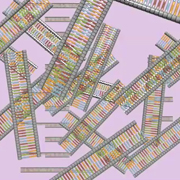
Prior to the development of PCR in the 1980s, the primary method for producing many copies of a gene was a relatively time-consuming process known as DNA cloning. This technique involved insertion of the gene of interest into living bacterial cells, which in turn replicated the gene along with their own DNA during the division and replication processes.
What is PCR?
The key element of PCR is heat. Throughout the PCR process, DNA is subjected to repeated heating and cooling cycles during which important chemical reactions occur. During these thermal cycles, DNA primers bind to the target DNA sequence, enabling DNA polymerases to assemble copies of the target sequence in large quantities.
PCR makes it possible to produce millions of copies of a DNA sequence in a test tube in just a few hours, even with a very small initial amount of DNA. Since its introduction, PCR has revolutionized molecular biology, and it has become an essential tool for biologists, physicians, and anyone else who works with DNA.
How does PCR work?
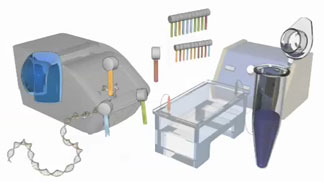
Figure 1: The various components required for PCR include a DNA sample, DNA primers, free nucleotides called ddNTPs, and DNA polymerase.
PCR relies on several key chemical components (Figure 1):
- A small amount of DNA that serves as the initial template or target sequence
- A pair of primers designed to bind to each end of the target sequence
- A DNA polymerase
- Four dNTPs (i.e., dATP, dCTP, dGTP, dTTP)
- A few essential ions and salts
The PCR process then uses these ingredients to mimic the natural DNA replication process that occurs in cells. To automate this process, a machine called a thermocycler jump-starts each stage of the reaction by raising and lowering the temperature of the chemical components at specific times and for a preset number of cycles.
Each cycle of PCR has three main steps, as described in the following sections.
Step 1: Denaturation
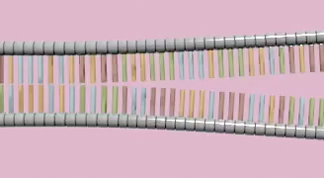
Figure 2: When heated, the DNA strands separate.
Step 2: Annealing
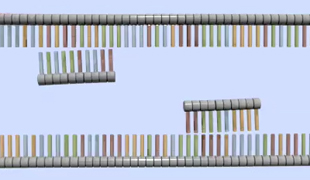
Figure 3: When the solution is cooled, the primers anneal.
Step 3: Extension
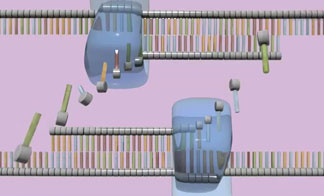
Figure 4: DNA polymerase attaches to each primer and assembles dNTPs to build a new strand.
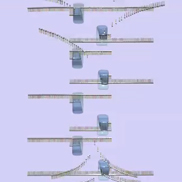
Figure 5: The replication cycle repeats many times.
PCR is an incredibly versatile technique with many practical applications. Once PCR cycling is complete, the copied DNA molecules can be used for cloning, sequencing, mapping mutations, or studying gene expression.
Variations on conventional PCR
Recently, PCR has proven useful in ways beyond merely copying and propagating identical segments of DNA. Today, geneticists rely on PCR to aid in the study of genes themselves.
Copying and quantifying DNA at the same time using real-time PCR
One modification of conventional PCR allows researchers to copy a particular DNA sequence and quantify it simultaneously. Dubbed quantitative real-time PCR (qPCR), this technique makes it possible to measure the amount of DNA produced during each PCR cycle. This refinement involves the use of fluorescent dyes or probes that label double-stranded DNA molecules. These fluorescent markers bind to the new DNA copies as they accumulate, making "real-time" monitoring of DNA production possible.
As the number of gene copies increases with each PCR cycle, the fluorescent signal becomes more intense. Plotting fluorescence against cycle number and comparing the results to a standard curve (produced by real-time PCR of known amounts of DNA) enables scientists to determine the amount of DNA present during each step of the PCR reaction.
Quantifying RNA using reverse transcription PCR
More about gene copying
Real-time PCR can also be used to calculate the amount of specific kinds of genetic material other than DNA, such as RNA. This extension of real-time PCR technology, called reverse transcription PCR (RT-PCR), combines real-time PCR with reverse transcription, the process that makes DNA from mRNA. RT-PCR can be used to determine how gene expression changes over time or under different conditions. For this reason, this technique is sometimes used to verify microarray data.
















